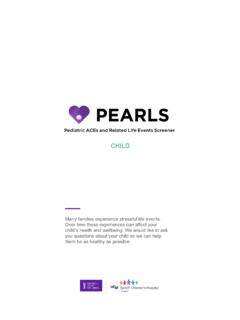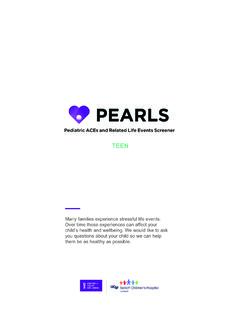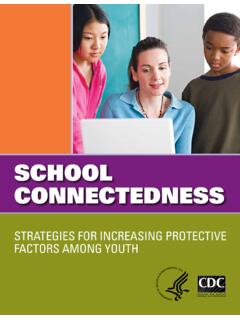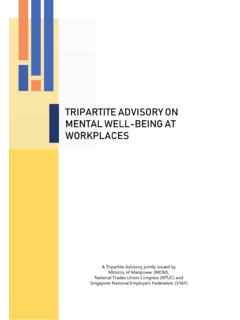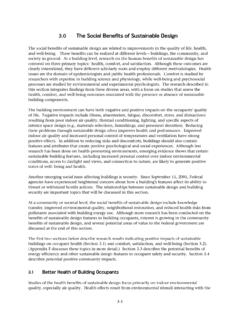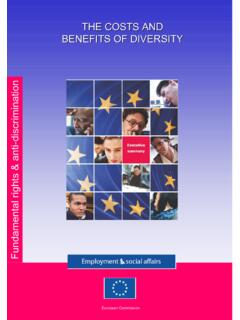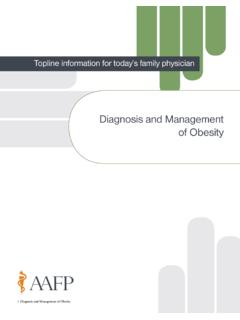Transcription of ACE Clinical Workflows Algorithms and ACE Associated ...
1 ACE Screening Clinical Workflows , ACEs and Toxic Stress Risk Assessment Algorithm, and ACE- Associated Health Conditions: For Pediatrics and Adults April 2020 Table of ContentsPediatric ACE Screening Clinical Workflow ..1 ACEs and Toxic Stress Risk Assessment Algorithm: Pediatrics ..2 ACE- Associated Health Conditions: Pediatrics ..3 Adult ACE Screening Clinical Workflow ..5 ACEs and Toxic Stress Risk Assessment Algorithm: Adults ..6 ACE- Associated Health Conditions: Adults ..7 References ..9*PEARLS is recommended to be completed once per year.**Healthcare Common Procedure Coding System (HCPCS) billing codes for ACE scores:G9919: ACE score 4, high risk for toxic stressG9920: ACE score of 0 3, lower risk for toxic stress.
2 For purposes of coding, scores of 1-3 with ACE- Associated Health Conditions should be coded as G9920, even though patient falls into the high-risk category of the Clinical or Medical Assistant transcribes ACE score (Part 1 of PEARLS tool) into completeProvider reviews ACE score, treatment plan, and follow-up prior to next visit; at next visit, updates as documents ACE score, billing code,** and treatment plan, follow-up in visit reviews screen with patient/family and follows appropriate risk assessment algorithm: incomplete or at low, intermediate, or high risk for toxic or Clinical staff reviews patient s record to determine if PEARLS screen indicated during visit.
3 * Staff provides PEARLS tool to caregiver (0-19 years) and/or patient (12-19 years) in private (0-19 years) and/or patient (12-19 years) completes incompleteProvider provides education about how ACEs and buffering practices and interventions can affect health and offers patient/family opportunity to discuss and/or complete PEARLS screen.**PEARLS to be completed once per year, and no less often than every 3 yearsPediatric ACE Screening Clinical WorkflowThis algorithm pertains to the ACE score (Part 1 of PEARLS), whose associations with health conditions are most precisely known.
4 Social determinants of health (Part 2 of PEARLS) may also increase risk for a toxic stress response and should be addressed with appropriate services, but should NOT be added to the ACE score for this algorithm. Partial completion may indicate discomfort or lack of understanding. If partial response indicates patient is at intermediate or high risk, follow the guidelines for that the ACE score is 0, the patient is at low risk for toxic stress. The provider should offer education on the impact of ACEs and other adversities on health and development as well as on buffering factors and interventions.
5 If the ACE score is 1-3 without ACE- Associated Health Conditions, the patient is at intermediate risk for toxic stress. If the ACE score is 1-3 and the patient has at least one ACE- Associated condition, or if the ACE score is 4 or higher, the patient is at high risk for toxic stress. In both cases, the provider should offer education on how ACEs may lead to toxic stress and Associated health conditions, as well as practices and interventions demonstrated to buffer the toxic stress response, such as sleep, exercise, nutrition, mindfulness, mental health, and healthy relationships.
6 The provider should also assess for protective factors , jointly formulate a treatment plan, and link to supportive services and interventions, as Childhood Experiences (ACEs) and Toxic Stress Risk Assessment AlgorithmPediatricsLow RiskIntermediate RiskHigh RiskUnknown RiskScore unknown(incomplete)Provide education on ACEs, toxic stress, and buffering factors . Re-offer at next education, anticipatory guidance on ACEs, toxic stress, and buffering for protective factors and jointly formulate treatment plan. Link to support services and interventions, as education about toxic stress, its likely role in patient s health condition(s), and screen (Part 1)Assess for Associated health conditionsDetermine response and follow-upScore of 0 Score of 1-3 Withoutassociated health conditionsWithassociated health conditionsWith or withoutassociated health conditionsScore of 1-3 Score of 4+ACE- Associated Health Conditions.
7 PediatricsSymptom or Health ConditionFor X ACEs (compared to 0)Odds RatioAsthma26, 33 Allergies33 Dermatitis and eczema39 Urticaria39443*3* - incidence of chronic disease, impaired management25 Any unexplained somatic symptoms25(eg, nausea/vomiting, dizziness, constipation, headaches) ; encopresis5----Overweight and obesity3 Failure to thrive; poor growth; psychosocial dwarfism5, 2, dental health16, infections39 (viral, URIs, LRTIs and pneumonia, AOM, UTIs, conjunctivitis, intestinal)3* - menarche40 (> 14 years)2* disturbances5, 315**PR delay30 Learning and/or behavior a grade15 Not completing homework15 High school absenteeism33 Graduating from high.
8 Physical fighting28 For each additional of: ADHD, depression, anxiety, conduct/behavior ideation28 Suicide attempts28 Self-harm28 For each additional - use of alcohol at < 14 years7 First use of illicit drugs at < 14 sexual debut21 (<15-17 y)Teenage *Odds ratio represents at least one ACE, but also includes other adversities**Prevalence ratio represents at least one ACE, but also includes other adversitiesAdult ACE Screening Clinical WorkflowProvider or Medical Assistant transcribes ACE score into reviews ACE score, treatment plan, and follow-up prior to next visit; at next visit, updates as documents ACE score, billing code, treatment plan, and follow-up in visit reviews screen with patient and follows appropriate risk assessment algorithm: incomplete or at low, intermediate, or high risk for toxic completeRegistration or Clinical staff reviews patient s record to determine if ACE screen indicated for visit.
9 * Staff provides ACE screening tool to patient in private (18+ years) completes ACE provides education about how ACEs and buffering practices and interventions can affect health and offers patient opportunity to discuss and/or complete ACE incomplete*ACE tool is recommended to be completed once per adult, per lifetime. Healthcare Common Procedure Coding System (HCPCS) billing codes for ACE scores:G9919: ACE score 4, at high risk for toxic : ACE score of 0 3, at lower risk for toxic stress (on algorithm, at either low or intermediate risk).Partial completion may indicate discomfort or lack of understanding.
10 If partial response indicates patient is at intermediate or high risk, follow the guidelines for that the ACE score is 0-3 without ACE- Associated Health Conditions, the patient is at low risk for toxic stress physiology. The provider should offer education on the impact of ACEs and other adversities on health (including reviewing patient s self-assessment of ACEs impact on health), buffering/protective factors , and interventions that can mitigate health risks. If the ACE score is 1-3 with ACE- Associated Health Conditions, the patient is at intermediate risk. If the ACE score is 4 or higher, even without ACE- Associated Health Conditions, the patient is at high risk for toxic stress physiology.


